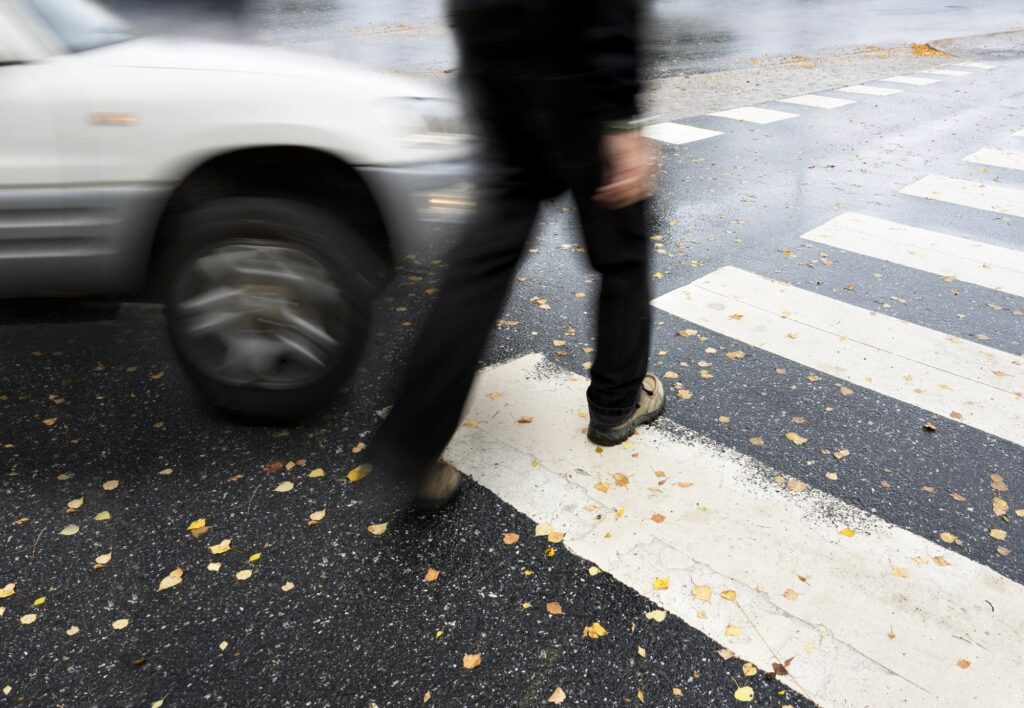
Crosswalks are designed to give pedestrians a place to cross the street where drivers are expected to yield. Unfortunately, these areas are also common sites of vehicle-pedestrian collisions, many of which result in injury or even death. When an accident happens in or near a crosswalk, questions often arise about who is at fault, what legal rights the pedestrian has, and how liability is determined. These cases can involve more than just traffic citations—they often lead to formal injury claims, especially when serious harm occurs. Attorneys like those at Pioletti Pioletti & Nichols discuss how a crosswalk accident may move from a moment of trauma to a legal matter requiring careful review.
How Fault Is Assessed After A Crosswalk Incident
Drivers have a duty to yield to pedestrians in marked crosswalks, but not all accidents are as clear-cut as they may first appear. Police reports, surveillance footage, witness statements, and physical evidence from the scene all play a role in determining whether the driver was speeding, distracted, or failed to stop. Likewise, pedestrians are also expected to follow signals and use crosswalks properly.
Fault can sometimes be shared, particularly if a pedestrian entered the crosswalk outside of a signal or stepped into traffic abruptly. In some cases, this does not eliminate the possibility of recovering damages, but it may affect how much compensation is available under comparative fault rules.
Common Injuries And Damages Involved
Crosswalk accidents often lead to serious injuries because pedestrians lack physical protection. Broken bones, spinal trauma, head injuries, and internal damage are not uncommon, and recovery can take months or longer. The financial impact adds up quickly—emergency care, hospital stays, follow-up treatment, and lost wages are common concerns.
Non-economic damages may also be part of the claim. These include pain, loss of mobility, psychological effects, or loss of enjoyment of daily life. Each of these categories must be documented to support the legal claim, often through medical records, therapist evaluations, or personal journals that detail the recovery process.
When An Accident Becomes A Legal Claim
While not all accidents lead to legal action, some situations prompt injured individuals to file a claim. These include significant injuries, long-term impact on work or daily activities, disputes over who was at fault, or an insurance company denying or undervaluing the claim. If communication with insurers becomes difficult or the other party denies responsibility, legal intervention becomes more likely.
Timing is also important. Every state has a statute of limitations, meaning victims only have a limited window to pursue compensation. This is why many people consult a pedestrian accident lawyer early, particularly when injuries are severe or documentation is needed to preserve a case.
Special Considerations With Public Or Commercial Vehicles
When the vehicle involved belongs to a government agency or a commercial business, the process of filing a claim may be different. Some municipalities require advance notice or shorter timelines for filing claims against public entities. Commercial carriers may have legal teams involved from the start, making it more difficult for victims to handle the claim alone.
Even determining who is liable can be more complicated when a delivery driver, rideshare operator, or bus driver is involved. Was the driver on duty? Was the company properly maintaining the vehicle? These details may affect both the responsible party and the available compensation.
Why Location And Signal Control Matter
The specific conditions at the time of the accident often matter just as much as the actions of those involved. Was the crosswalk marked? Were there pedestrian signals or flashing beacons? Was it a school zone or an area with reduced speed limits? These factors can influence liability and may point to additional contributing causes, such as poor signage or inadequate lighting.
Accidents at unmarked crosswalks or mid-block crossings may involve more legal debate about whether the pedestrian had the right of way. Each case depends heavily on local traffic laws, road design, and the details of what occurred in the moments before the collision.
Recognizing When Legal Support May Be Needed
When a crosswalk accident leads to physical, emotional, or financial hardship, it often goes beyond a traffic incident and becomes a legal matter that involves documentation, planning, and clear communication. Attorneys like those at Pioletti Pioletti & Nichols can attest to how even simple-seeming cases benefit from early and thoughtful review.
